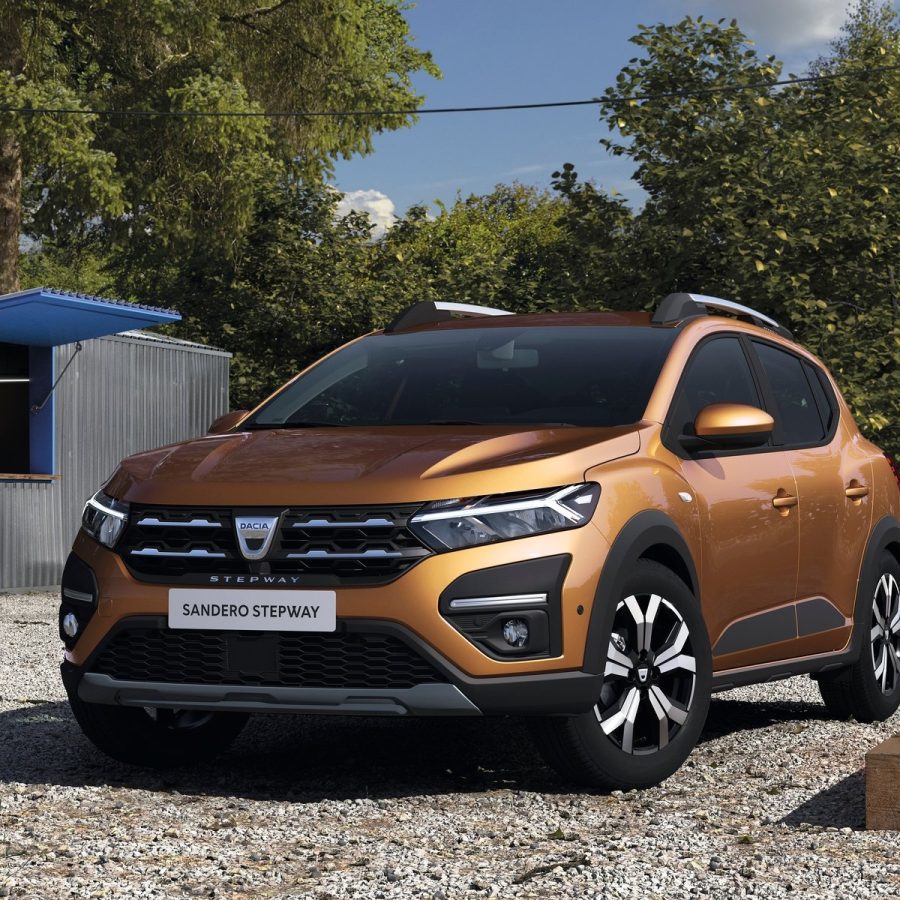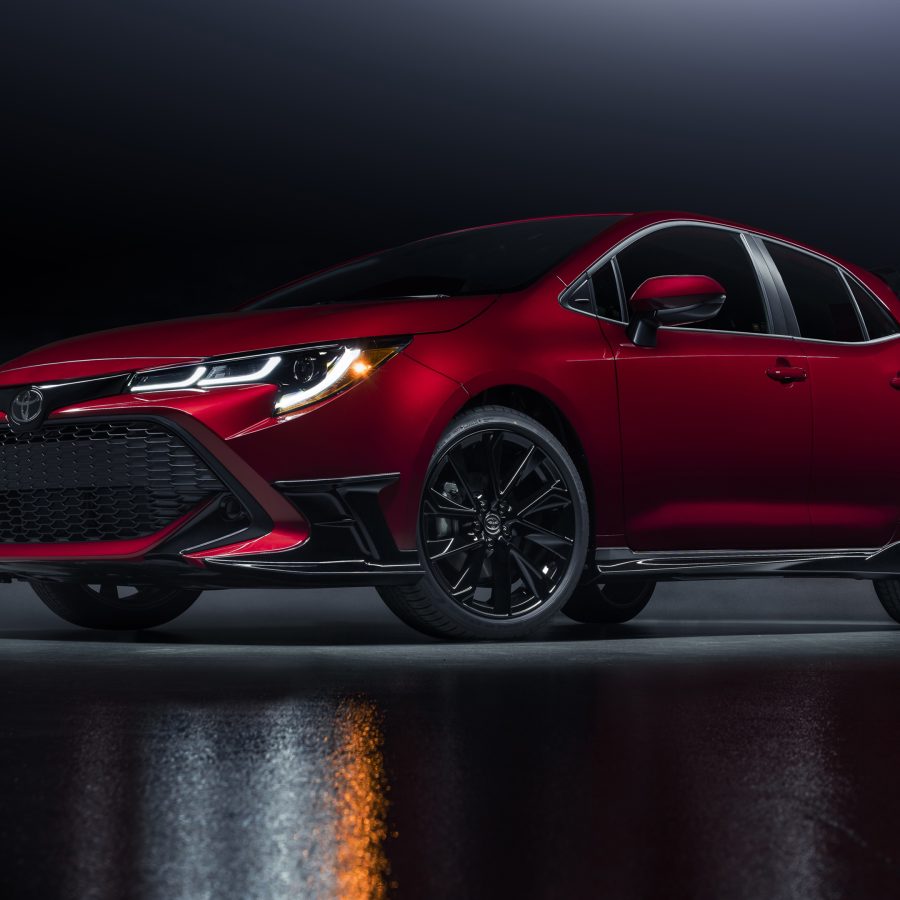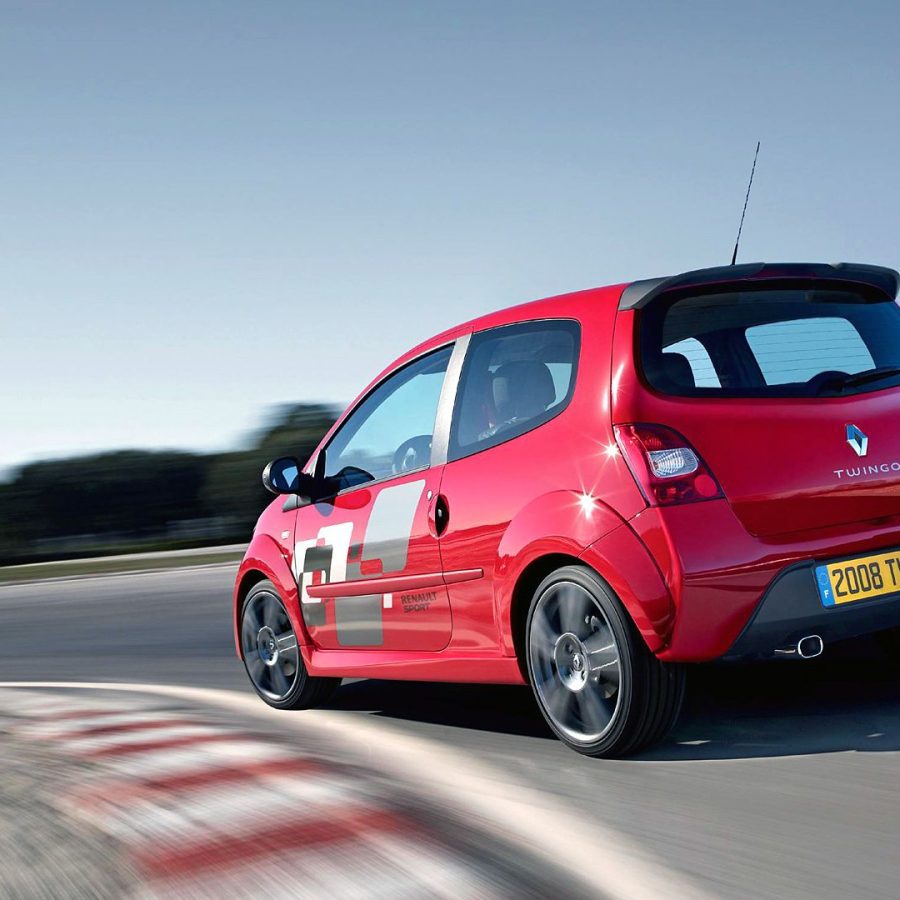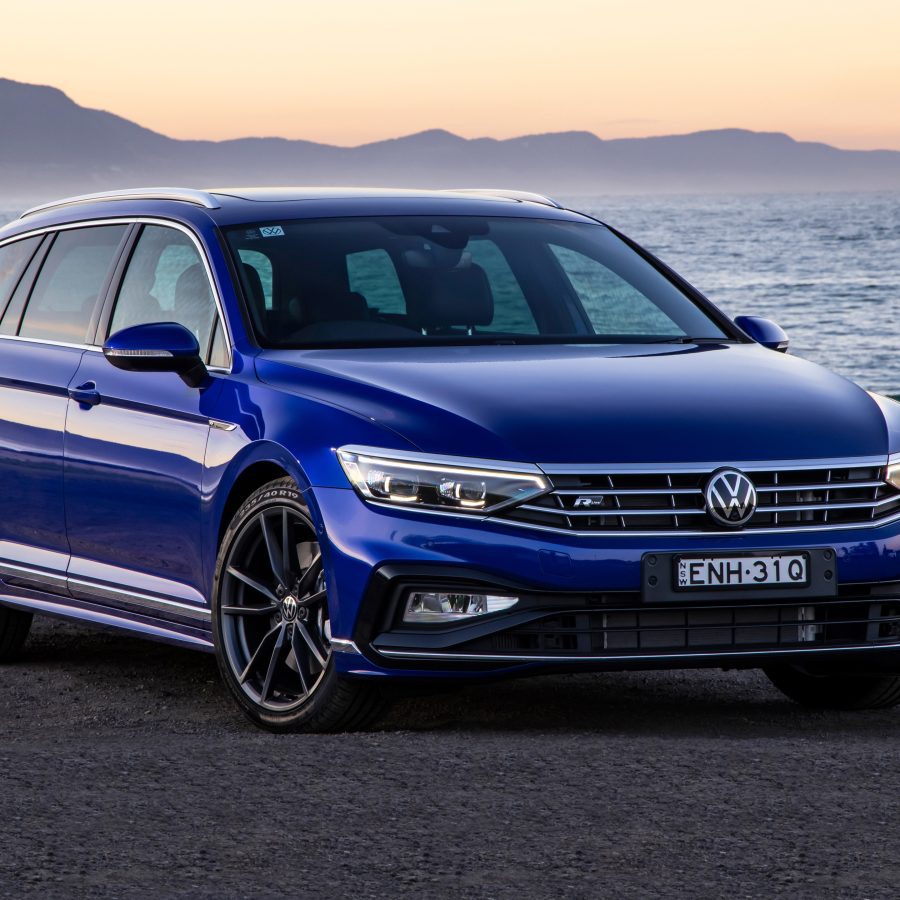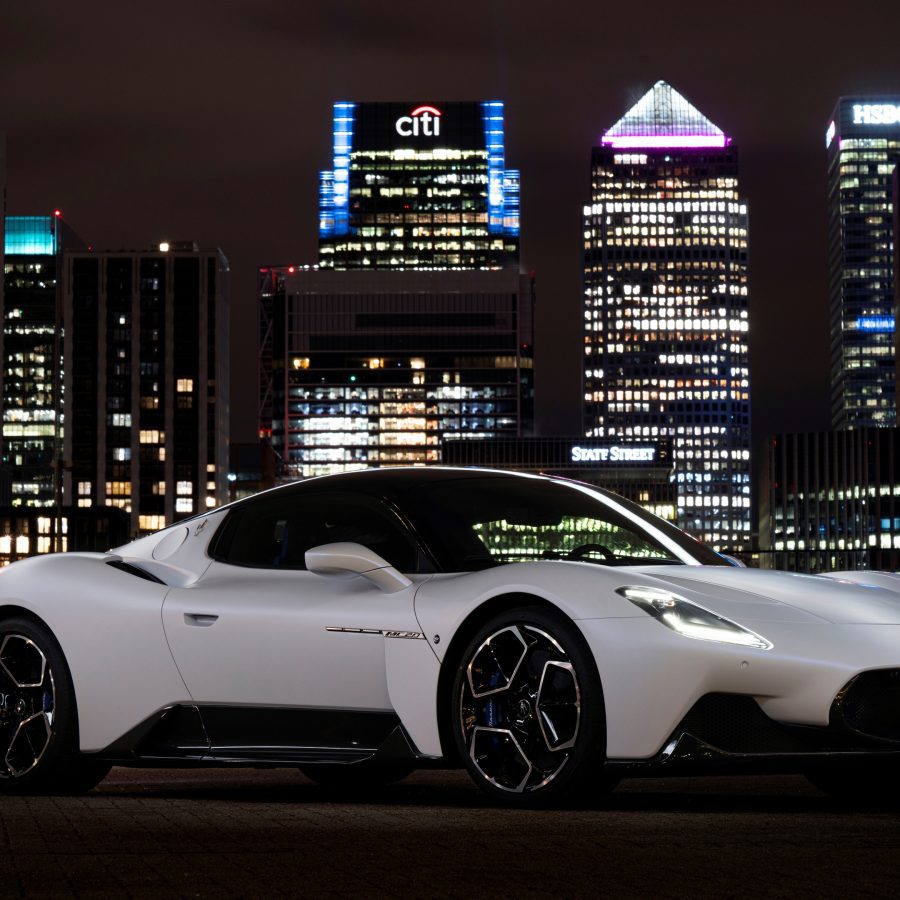2021 Europe Automotive Sales Research
In 2021, the European automotive market attempted to navigate the prolonged effects of the COVID-19 pandemic while also addressing other sector-specific trends and challenges. The industry showed signs of recovery from the pandemic's impact, with vehicle sales rebounding in many markets. However, this recovery was not uniform across countries or throughout the year, as some regions or sectors faced specific challenges. The global semiconductor shortage severely impacted the automotive industry in 2021. Production delays, model launch postponements, and even temporary plant shutdowns were widespread as manufacturers grappled with the shortage of critical electronic components. The transition towards electric mobility continued at an accelerated pace. More EV models were launched, prices began to become more competitive, and EV sales grew, supported by government incentives, stricter emissions standards, and improved charging infrastructure. As an intermediate step towards full electrification, hybrid vehicles (both plug-in and conventional hybrids) gained traction. They offered a bridge for consumers looking for better fuel efficiency and lower emissions but not ready to fully commit to EVs. Following disruptions in 2020, there was a more concentrated effort in 2021 to diversify and regionalize supply chains, reducing dependency on singular sources and building more resilient production systems. Governments and regulatory bodies continued their push for a greener automotive sector.




